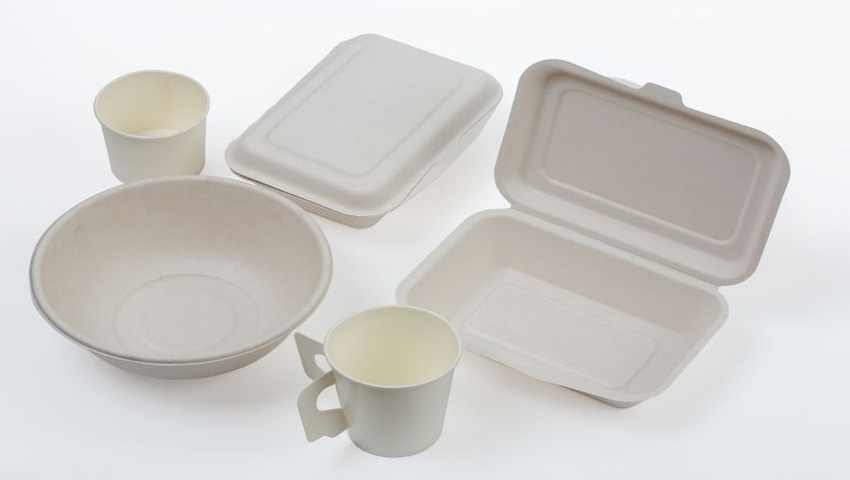Market opportunities for clean label food and beverages for children.

Packaging plays a critical role in a product’s success or failure. In fact, one could argue what’s on the outside of the product is just as important as what’s on the inside. In addition to being aesthetically appealing on the shelf, a product’s packaging needs to protect the contents from damage, leaking or contamination.
But developing new packaging materials that protect food and beverages throughout the supply chain—from the factory floor to retail shelves to consumer’s hand—while being recyclable, compostable, produced with renewable energy or even edible is a key challenge for industry. Top of mind is the need for new packaging materials to meet the criteria for being sustainable without sacrificing the food safety, function, freshness and visibility of the food or beverage inside while appealing to the target shopper.
Data from Packaged Facts’ National Consumer Survey conducted in April 2015 found nearly 70 percent of respondents ranked freshness, closely followed by food safety, as the “highest priorities” they look for in food and beverage packaging. Interestingly, fewer than half of the respondents said preservation of natural nutrition, product identification (variety, flavor, etc.), food preservation/shelf life, and preservation of natural food characteristics (such as flavor, color, texture) were their highest priorities. Moreover, only 29 percent of respondents said convenience was a high priority for them in food and beverage packaging.
Furthermore, fewer than one out of five survey respondents “strongly agreed” that packaging convenience, ease of use and packaging appearance are important considerations in choosing food or beverage products. A similar percentage strongly agreed they avoid buying products with excessive packaging, and fewer than one in six strongly agreed they avoid buying food or beverage products if they dislike the appearance of the packaging. According to the report, the top three features consumers want are food and beverage packaging that is tamper-proof, easy to open and resealable.
Increased consumer demand for sustainable products puts pressure on companies to embed “green” thinking into every aspect of the supply chain. A lack of awareness of sustainability issues or a lack of engagement brings real risks to businesses—especially if public perception of a brand or a company is damaged from practices such as using unsustainable sources of materials or damaging ecosystems or habitats.
Companies are turning to paper, plant-based fibers and recyclable materials that are biodegradable or compostable to help reduce the environmental impact of packaging.
The call for sustainable packaging that doesn’t compromise product integrity will only get louder as the issue of climate change continues to heat up, which means brands not only should view sustainable packaging as a way to cater to eco-conscious consumers, but also as a way to shape a consumer’s experience with the product. As noted by Mintel, going forward, when product price and perceived product quality are equal, consumers will be increasingly turning to eco- and alternative-use attributes as the deciding purchasing factor, and brands cannot afford to ignore this as they develop their brand positioning and marketing strategies.
Learn more about market opportunities for clean label food and beverage products for kids’ in the Food Insider Journal’s latest issue “The Whole Package: What’s Outside Is Just as Important as What’s Inside.”
About the Author(s)
You May Also Like






.png?width=800&auto=webp&quality=80&disable=upscale)